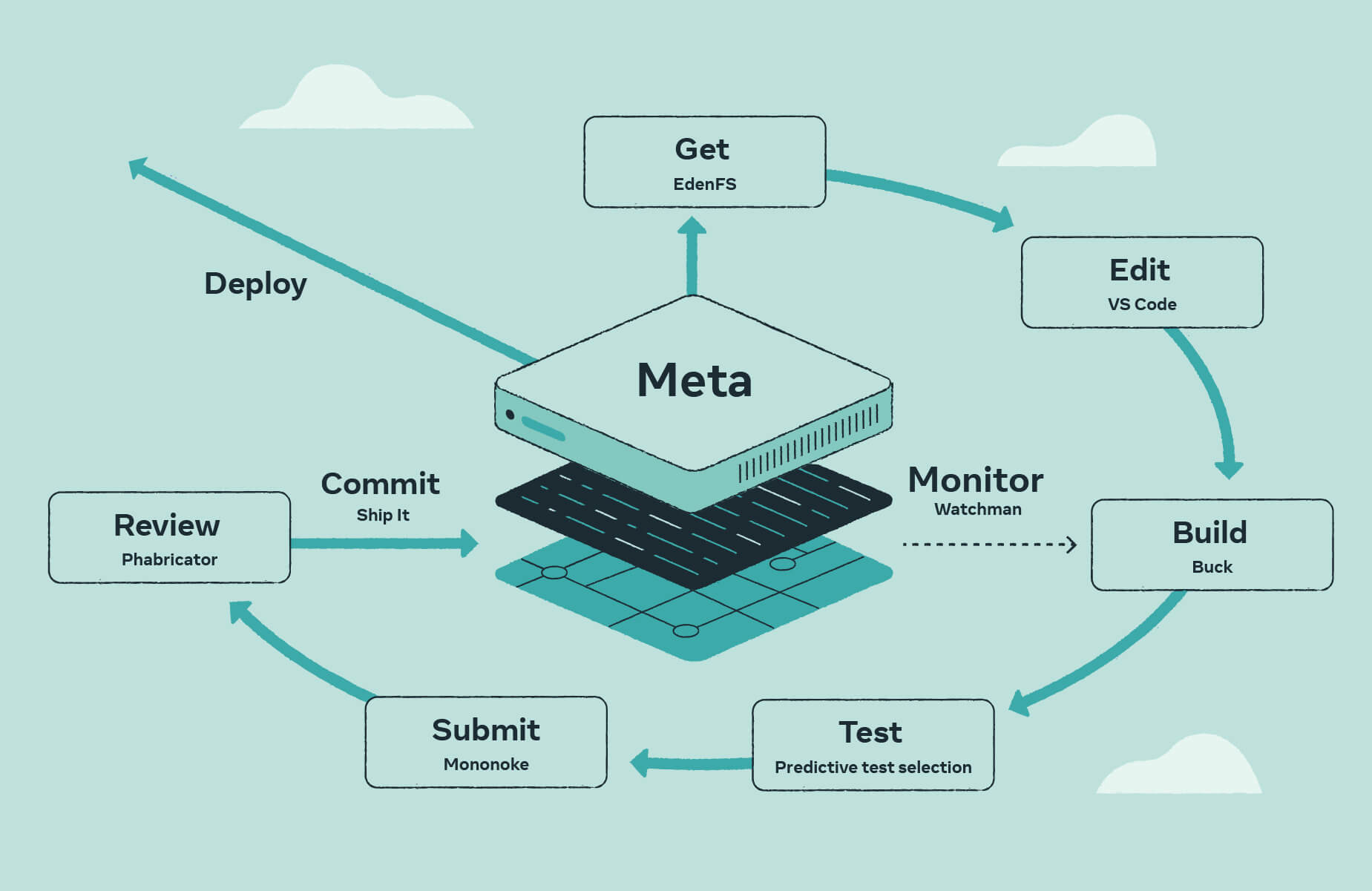

Pydio used to be called ajaxplorer and was a pretty solid and lightweight (although featureful) solution, but then they rewrote the UI with lots of misguided choices (touch controls and android inspired interactions on desktop devices) and it became so horrendous, heavy and clunky that I almost forgot about it. I wonder if they reversed the trend (but from the screenshots it doesn’t look so).






How about nextcloud with only the bare minimum amount of plugins? Filles alone is pretty snappy.